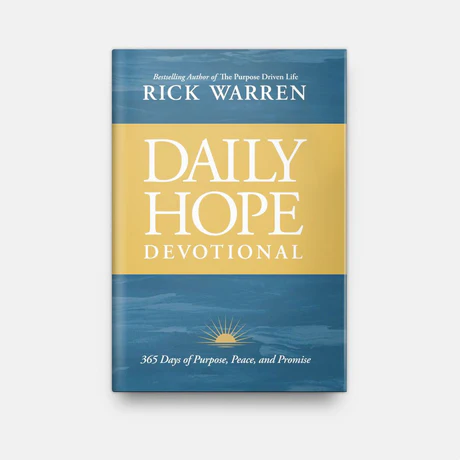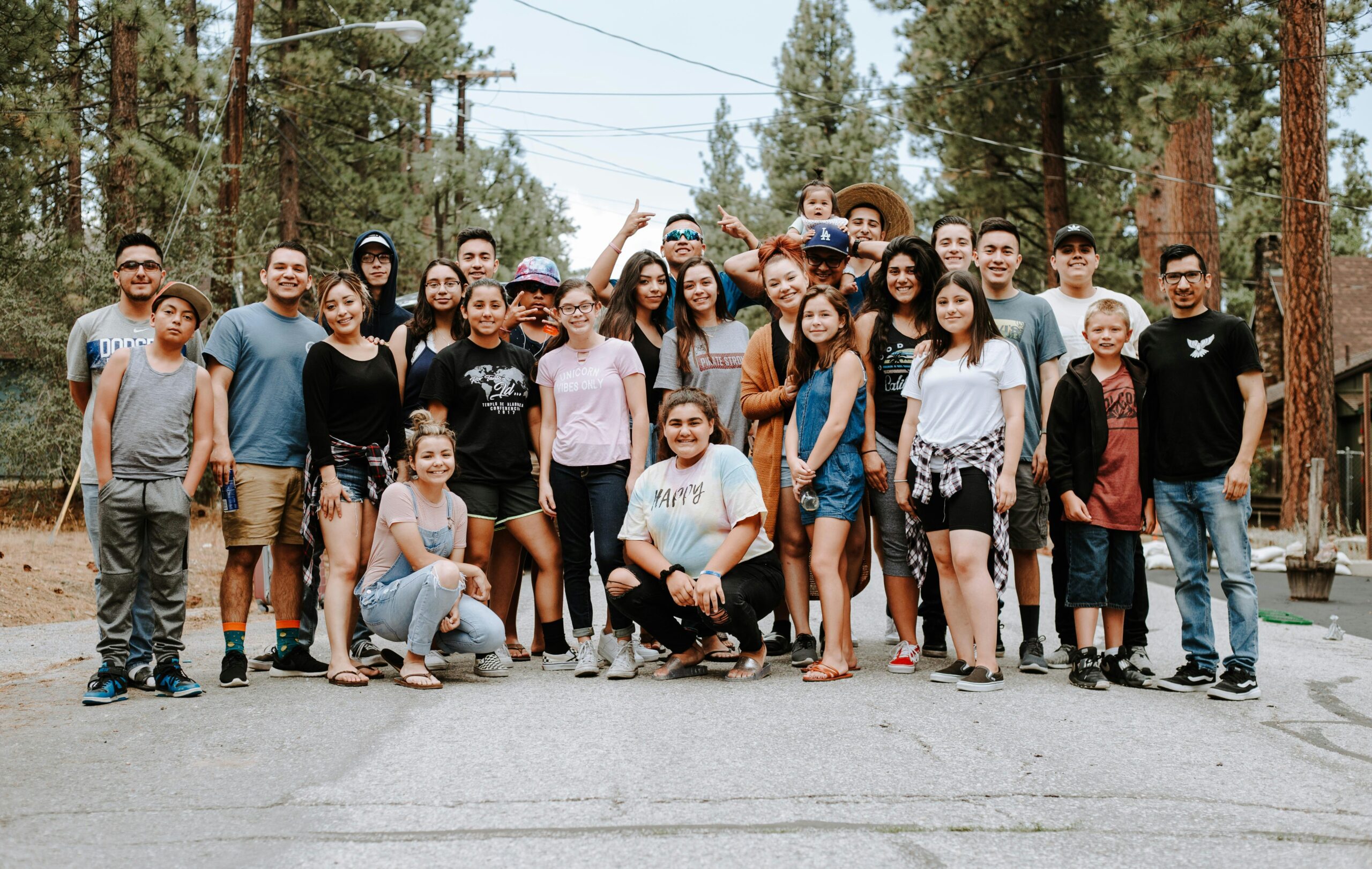When we planted
Grace Church in a local movie theater two years ago, we assumed that one day we would have a more permanent location. Meeting in a theater is not without challenges, and we assumed we'd eventually have a place for offices and more permanent meeting space, etc.
We also had plans (which are currently in process) of sending out a planter and were excited about planting a new church. We think it is essential to plant and to do it early so that multiplication is part of the life of our church.
We think it is essential to plant and to do it early so that multiplication is part of the life of our church.
However, we did not expect that we would be multiplying our local campus so soon.
None of us could have expected how that would happen. But last week, we announced the launch of a new second campus of Grace Church after Indian Hills Church voted to dissolve and transfer their assets to Grace Church. Their desire was for Grace to start another campus there—and we are glad to do so.
So, now we are launching a new campus. In other words, we are multiplying churches (though planting) and campuses (through multi-site).
The plan right now is for Jess Rainer to be the campus pastor at the Gallatin (Indian Hills) campus, Barry Peters will be the campus pastor at the Hendersonville (movie theater) campus, and I will preach live at both venues each week. The rest of our staff (Jimmy Disney, Charles Anderson, and Ben Trueblood) will serve at both campuses.
I'll simply hop in the car after I finish the sermon in Hendersonville and drive the fifteen minutes to Gallatin to preach there. Sometimes people ask why, so let me share some details to the folks at our church and those who read the blog.
Here are four reasons we moved to multi-site.
We are multiplying church.
We multiply everything.
We multiply Life Groups through our normal process of small group life. We multiply pastors/planters/missionaries through our
Pastoral Apprentice Team. We multiply leaders through our leadership processes. We multiply disciples through evangelism and our discipleship path. And, we multiply churches when God opens the door.
Multi-site was always in the plan, but those plans were loosely formed at best. We didn't know where God would lead us to start our second campus. We prayerfully considered the eastside of Nashville and the Donelson area—and both of those locations are future options. But we ended up in Gallatin, just 15 minutes from our current location in Hendersonville.
Why Gallatin? Well, that's where God led us.
When this church approached us, we remembered that 80% of the people in our county are not in church on a given Sunday. With a second campus, we can more effectively reach our neighbors in the most densely populated and fastest-growing area in the county. While 15 minutes apart may not seem like much, the two areas we are now located in are different contexts.
We can reach different people through different campuses and contextual ministry.
Our message is not changing at Grace. We just have two contexts in which to share that message. Our services at each campus will be as similar as possible, but the church will be impacted by its location and context. For example, the average age of our church right now is in the 30's. The core group of our new Gallatin campus (the people from Indian Hills) are older.
Also, the community is different. Hendersonville is affluent. Gallatin is less so—and is more ethnically diverse. We are excited about the opportunities for mission and ministry that opens up for both campuses.
The average age will likely change with time as new families come, but for now, when we contextualize at each campus, we will take into account our core and our context.
We don't want to abandon the sense of community we've built in Hendersonville.
Even though the church campus is just 15 minutes away, we're staying in the movie theater as long as we can for a few reasons. First, there are people who will come to worship there who won't go to a traditional church campus. Second, we want to maintain and grow the community presence we have in Hendersonville. The theater we meet in is in a major shopping area with a large town square-like park in the middle. This affords us the opportunity to have community events in a place people are familiar with while serving our fellow tenants. Finally, our third space presence is unique to the area. We are the only local church meeting in a third space. It gives us an easy way to open dialog with our neighbors about the church.
We were out of space.
This is a very simple reason, but it was probably the main one. We simply have nowhere else to put anyone. A few weeks ago we had a visiting family look around, not see enough seats, and leave.
At this theater, they don't many options for dual services. Since two services wasn't an option, and we are already planting, and Indian Hills Church approached us, this seemed like an open door the Lord desired us to walk through.
Simply put, we keep reaching people. God keeps bringing people. We multiplied.
What's next?
Well, we will keep looking ahead on mission. We'll keep multiplying everything—disciples, leaders, groups, ministries, pastors, churches, and campuses. We'll do so for the glory of God and the advance of His kingdom.








